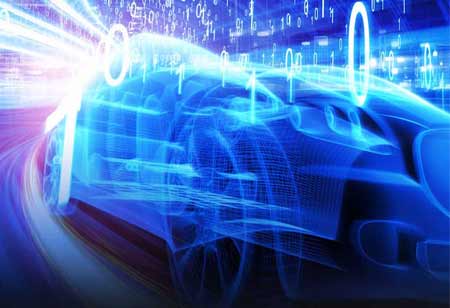The need for human supervisors in truly autonomous cars has become evident with their greater assistance in handling edge events.
FREMONT, CA: Industry experts and executives opine that remote human supervisors must permanently assist robot drivers in trouble. Computers and artificial intelligence will radically reduce accidents caused by human error. This is the central premise of autonomous vehicles, which has driven further research and investment. However, developing a robot car that can drive more safely than people is challenging as self-driving software systems lack humans' ability to predict and assess risk quickly, especially when facing unexpected incidents.
An expert from this industry field stated that their company could provide customers peace of mind knowing there is a human present to help when needed. This highlights companies' long-term need for remote human operators. Similarly to air traffic controllers, human supervisors sitting hundreds of miles away monitor video feeds from multiple AVs invariably halt when they cannot figure out what to do.
However, the idea that human supervisors could stay raises more doubts about the technology. Companies building autonomous vehicles hope for government approval for a fully autonomous car without using a steering wheel, brake, or accelerator pedals that would enter its commercial ride-sharing fleet.
Firms that have come up with fully self-driving services also need to enhance their systems to replace humans behind the wheel and be ready to take manual control in an emergency. These undelivered promises of true autonomy have increased the support for the AV industry. There will be an increase in AV companies assessing, managing, and insuring risk if other companies fail to succeed in developing fully autonomous cars.
Many AV startups currently use humans as remote supervisors, alongside safety drivers sitting behind the wheel. Such remote humans create additional expenses but help self-driving cars handle emergency events like unfamiliar sets of lane closures during construction or erratic, unpredictable behaviour by pedestrians or human drivers. Using humans as remote operators will eventually act as air traffic controllers, supervising a growing number of autonomous cars.
There are AVs that rely on humans less than one per cent of the time. But with the hundreds of AVs, that would add up to a significant amount of time prevented on the road waiting for human guidance. With more self-driving cars, predictable than humans coming on the road, the number of edge cases is likely to drop but not reach zero emergency cases.
Furthermore, the need to deal with edge cases and slash the costs from sensors to the number of humans in the loop to reach the market has intensified as investors' funding for autonomous cars has fallen. With AV-focused companies hit hard, indicating less than 10 per cent of venture investment in the second quarter, the overall investment in future mobility startups has slowed.

 Copyright © 2025 AutoTech Outlook. All Rights Reserved | Privacy Policy | Subscribe | Sitemap | About us | Feedback Policy | Editorial Policy
Copyright © 2025 AutoTech Outlook. All Rights Reserved | Privacy Policy | Subscribe | Sitemap | About us | Feedback Policy | Editorial Policy